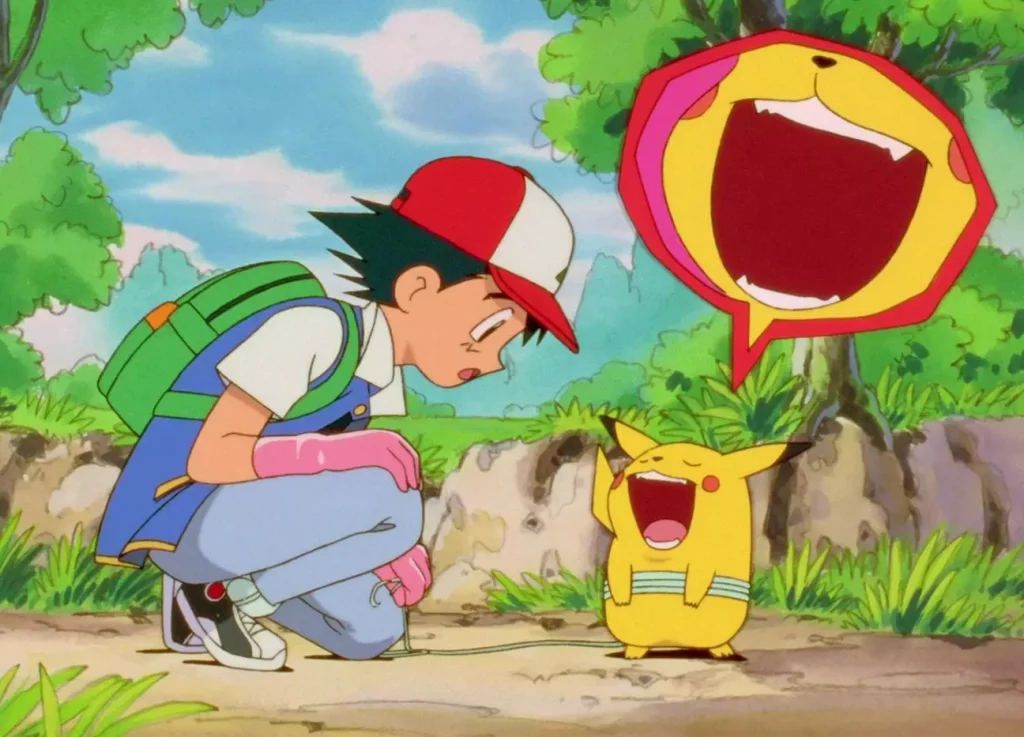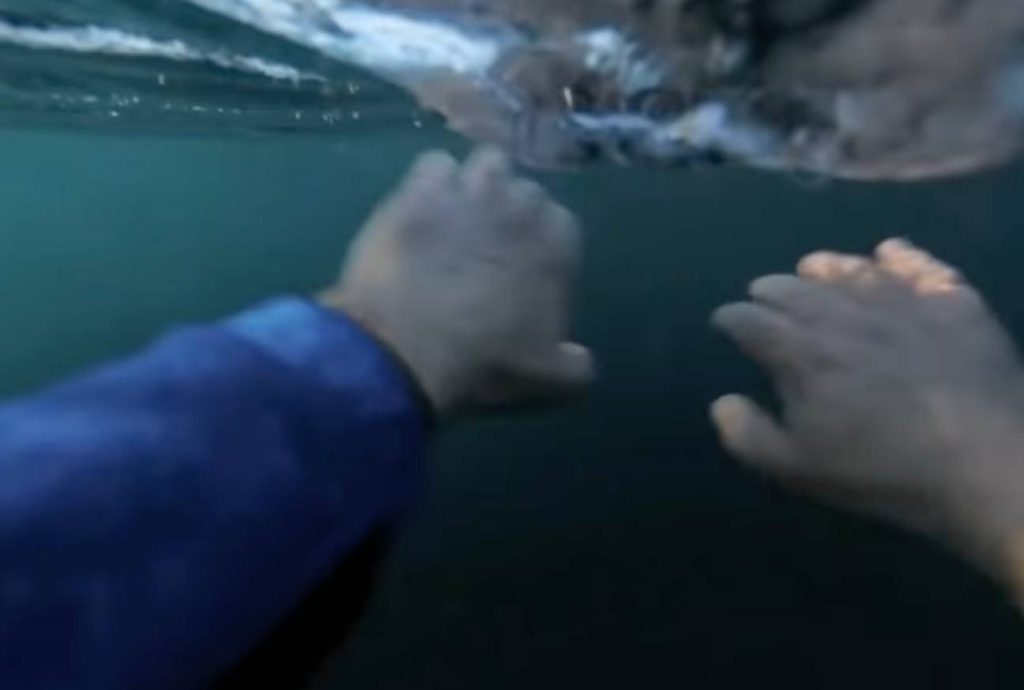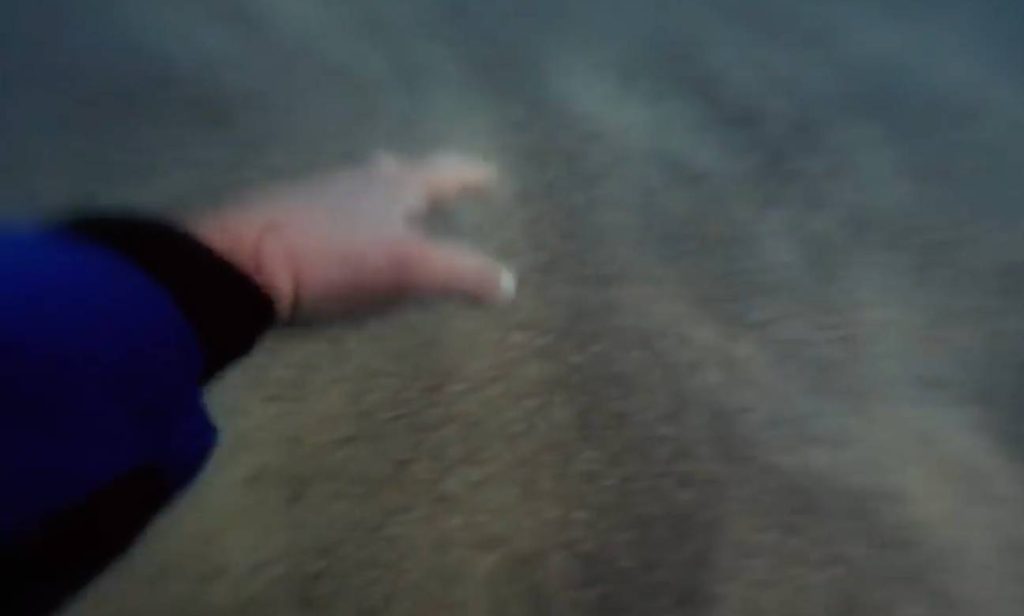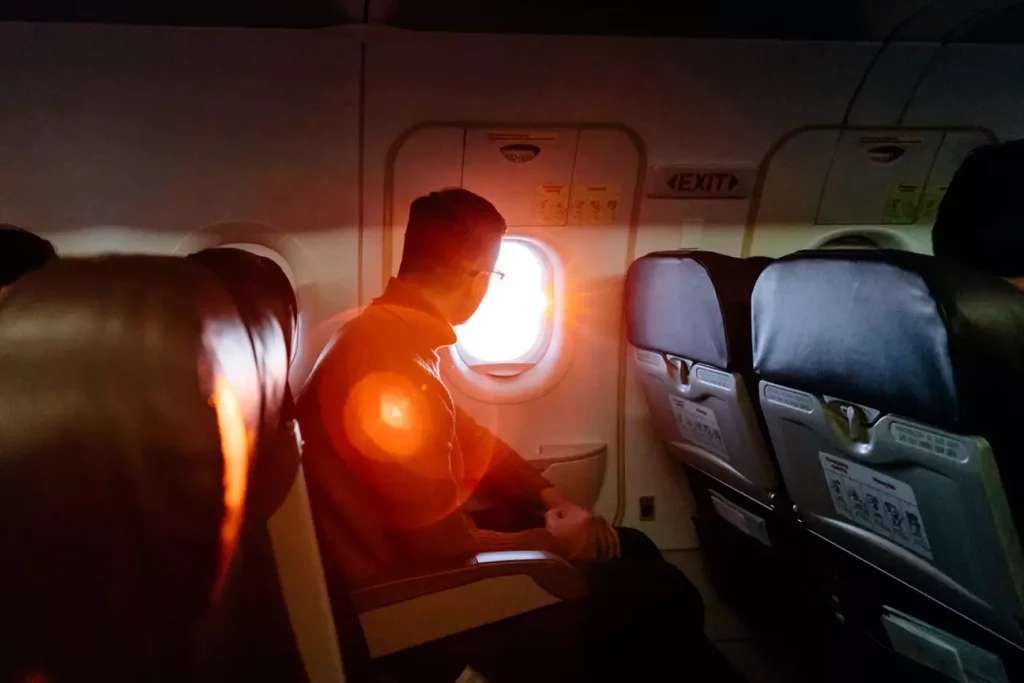Experts have explained all!
Watch Our Video Of The Week
Scientists may have discovered the cause of the hospitalisation of hundreds of children who saw a Pokémon episode in 1997.
The well-known animated programme, which was first broadcast in 1997 in Japan, continues to be a household favourite for many people all over the world.
However, there is one episode that viewers might not be familiar with, and it is the one titled “Denn Senshi Porygon.”
After airing on December 6, 1997, the episode was never again broadcast.
That’s because within an hour of it airing, nearly 600 kids were taken by ambulance to hospitals.
Convulsions, nausea, and vomiting were among the symptoms that children reported having, and the alleged ailment swiftly spread throughout the nation.
Please be aware that the video clip you are about to watch contains flashing images:
When Pikachu launched one of his powerful electric outbursts in the episode, it was determined that the bombardment of red and blue strobe lighting was to blame for the youngsters’ sudden illness.
The following day, TV Tokyo, the network that first broadcast Pokémon, apologised and suspended the show.
12,700 kids were impacted by the show in the days that followed it broadcast, which is insane.

After a four-month investigation, Pokémon returned to screens since investigators were unable to identify the clear cause of the outbreak.
Due to this and the fact that earlier animated episodes had identical moments to the one in question without generating any problems, sociologist Robert Bartholomew and paranormal investigator Benjamin Radford made the decision to dig into the situation further.

In their study from 2001, Radford and Bartholomew found that while the majority of children who were admitted to the hospital after seeing the programme did not develop photosensitive epilepsy, a small number of them did.
In light of this, they came to the conclusion that the so-called illness was the result of widespread panic.
“Many of the children’s symptoms had no identifiable organic basis; other than the verified cases of seizures, the symptoms reported were minor and short-lived; the victims were nearly exclusively school children in early adolescence; and anxiety from dramatic media reports of the first wave of illness reports was evident,” they wrote.
“Media reports and publicity fuel the hysteria as news of the affliction spreads, planting the idea or concern in the community while reinforcing and validating the veracity of the illness for the initial victims.”

Over 12,000 children were eventually admitted to hospitals when Japanese news outlets covered the story, up from the initial 700 children who were initially hospitalised on the evening the episode aired and the next day.
Radford and Bartholomew went on: “The episode dominated the Japanese news. Japanese children who had not heard about their peers from the news or from their parents learned of it that morning when the seizures ‘were the talk of the schoolyards’.
“Once the children had a chance to hear panicky accounts of what had happened through the mass media, their friends and their schools, the number of children reported the next day to have been initially affected – 2 days earlier – increased by 12,000.”
Following their research, the two cautioned that leaning too heavily on mass media could put us at danger for upcoming episodes of public panic.
Terrifying Simulator Shows What It’s Like To Drown
A video providing a harrowing simulation of a drowning experience offers viewers a grim glimpse into the terrifying reality of such a situation. Aptly dubbed the ‘drowning simulator,’ this chilling YouTube video plunges its audience into a nightmarish scenario that may make one think twice about venturing into deep waters.
Warning: Graphic Content
Viewer discretion is advised as the graphic content unfolds. The video commences with a man who falls into the water, forcibly ejected from his boat by an unexpected rogue sail. The turbulent high winds and the boat’s imposing boom propel him into the unforgiving depths of the sea, leaving him isolated and filled with dread amidst the vast blue expanse.
The simulated victim, faced with the grim reality of his predicament, cries out for help, desperate for a miraculous encounter with a passerby in the vast open ocean. He frantically calls for his friend ‘Charles,’ who has also been separated from the boat. The panic intensifies as hope wanes, leaving him alone in the unforgiving sea.

While he manages to keep his head above water with some effort, his strength slowly dwindles, and he begins to sink beneath the surface. His breathing becomes increasingly labored, and a sense of impending doom looms.
Desperation sets in as he realizes that his friend is lost, and he cries out in despair, understanding that rescue is unlikely. This is the point where the simulator takes a distressing turn, depicting the man’s movements slowing as his lungs fill with water.
The video concludes by revealing that, once submerged, the man succumbs after four minutes and 20 seconds. The simulator issues a poignant reminder that the human body tires far more quickly than one might imagine, underscoring the importance of wearing a lifejacket while at sea.
As expected, the video elicited strong reactions from YouTube viewers. One commented, “My biggest fear in that situation would still be that a shark is near.” Another pondered, “Imagine playing this game in VR, though.” A third noted the eerie accuracy of the representation, saying, “The fact that someone took the time to represent a real drowning so accurately is concerning yet amazing at the same time.”

A poignant fourth comment revealed a personal connection to the video: “My dad passed away from getting drowned deep in the ocean. I’ve been watching this video every now and then to experience and to know what it was like for him amidst drowning. In the span of time we were patiently waiting during the search and rescue operation, I couldn’t stop thinking how lonely it must’ve been for him – how terrifying it must’ve been.”
Featured Image Credit: @hegeakajesus/YouTube
Why You Really Don’t Want To Hear Secret Code 7500 While On A Flight
If you board any significant mode of transportation, the likelihood is that your journey will be largely uneventful and without many issues.
The secret code being used to communicate about whatever issue has delayed you will be useful if you want to know exactly what kind of danger you’re facing. On the other hand, you can be one of the unfortunate ones for whom everything goes a little awry.
According to the Daily Telegraph, flight attendants utilise a variety of secret codes to communicate with one another when they have feelings for a passenger and other more important information to keep passengers from panicking.

You’ll almost certainly know about ‘mayday’, which means a plane or ship is facing imminent danger, but you also wouldn’t want to hear the code ‘pan-pan’, which means something has broken down.
Hearing that one means you’re not in as much danger as if you heard ‘mayday’, but it’s a sign that there’s still something to worry about.
Some of the codes are numbers rather than words and the one you really don’t ever want to hear on a flight is ‘7500’ because that’s the code planes sent when they’re being hijacked or are in danger of hijacking.
Of course, if you’re on the plane that’s being hijacked you’ll probably know about it before you hear any mention of the code, which is really meant to alert other planes and air traffic control about the danger.
Pilots on planes that are being hijacked are meant to put ‘7500’ into their transponder to communicate about the hijacking.

Almost as bad is code ‘7700’, as that’s the general signal for emergencies, while code ‘7600’ is a plane’s way of signalling that it’s lost contact with the tower and will have to be guided in by lights.
Codes passengers might be more likely to hear include ‘all-call’, which means flight attendants should check in via the intercom.
There are numerous additional modes of transportation, each with their own set of rules.
If you hear someone mentioning “Code Adam” while you’re in the airport, it implies that staff members should be on the alert for a misplaced youngster.
When station personnel call out “Inspector Sands” or “Mr. Sands” on the London Underground, a fire or bomb alarm is imminent.
If you ever have the good fortune to be on a cruise ship, you should be aware that if you hear someone being referred to as “Mr. Mob,” that person is likely overboard, while the cries of “Zulu, Zulu, Zulu” indicate that a fight is about to break out on board.
The more you are aware.
















